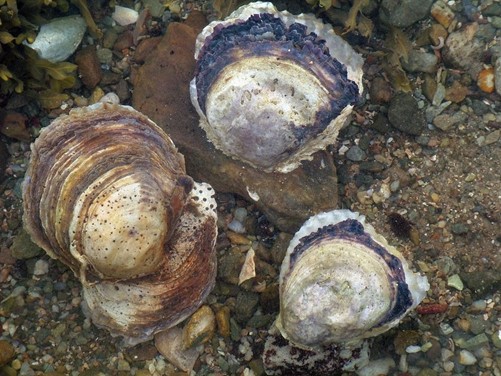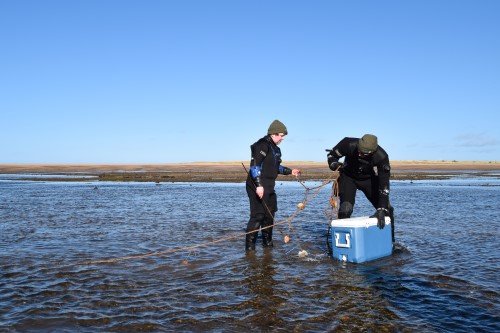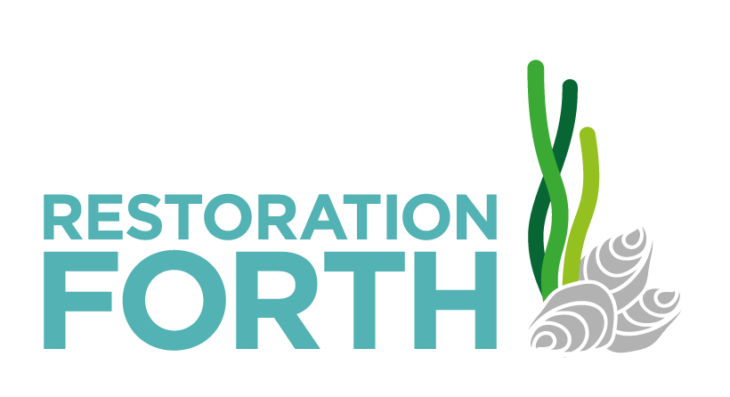About us
Restoration Forth –recorders are helping restore seagrass and European flat oysters in the Firth of Forth
Restoration Forth –recorders are helping restore seagrass and European flat oysters in the Firth of Forth

Restoration Forth is a major marine restoration programme working with communities to restore seagrass habitats and European flat oyster populations in the Firth of Forth. The project aims to inspire communities in delivering marine restoration across Scotland and influence Scottish Government policy for stronger marine protection.
In the first phase of this work, spanning from 2022 – 2024, the project aims to restore 4 hectares of seagrass and 30,000 European flat oysters. In order to do this, the Restoration Forth partners have completed habitat suitability assessments and stakeholder consultations to determine restoration sites, in addition to training hundreds of local community members in restoration techniques and skills.
A critical part of Restoration Forth involves monitoring what biodiversity is present in the seagrass meadows, across the seabed and around the oysters that are restored. It is expected that the restoration work will lead to an increase in biodiversity in the Forth. To enable a better understanding of what healthy habitats look like, the project has also been collecting data on the biodiversity of donor habitats in other parts of Scotland.
Gathering this biodiversity data involves a wide range of people, from volunteers and citizen scientists to project staff, scientists, trained surveyors and students. The recording methods used vary from surveys, done by people or Baited Remote Underwater Video Systems (BRUVS), to sampling for eDNA. The project’s work with citizen scientists has included developing a guide to monitoring oysters and their habitat.

The data collected through Restoration Forth will continue to be used to inform the project, and will be shared with other bodies, such as National Museums Scotland, NatureScot, the Marine Directorate and higher education research institutions to enable wider analysis and use.
The work of Restoration Forth has already highlighted the need for improving access to existing sources of marine biodiversity data, especially for invasive non-native species (INNS) and those data held by universities. This would enable marine restoration initiatives to better understand what biota are present in different parts of Scotland and facilitate planning and delivering their activities.
This three year programme has been made possible by funding from Aviva, Sky, the ScottishPower Foundation, the Moondance Foundation, and supported by the Scottish Government’s Nature Restoration Fund, through Scottish Marine Environmental Enhancement Fund (SMEEF) facilitated grants.
This biodiversity data story was shared by Restoration Forth with the Better Biodiversity Data project, led and managed by the NBN Trust and supported by NatureScot and The Scottish Government.

